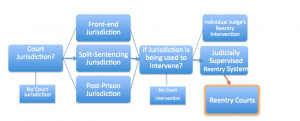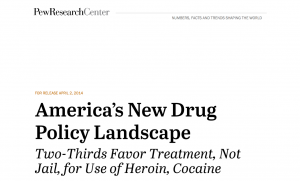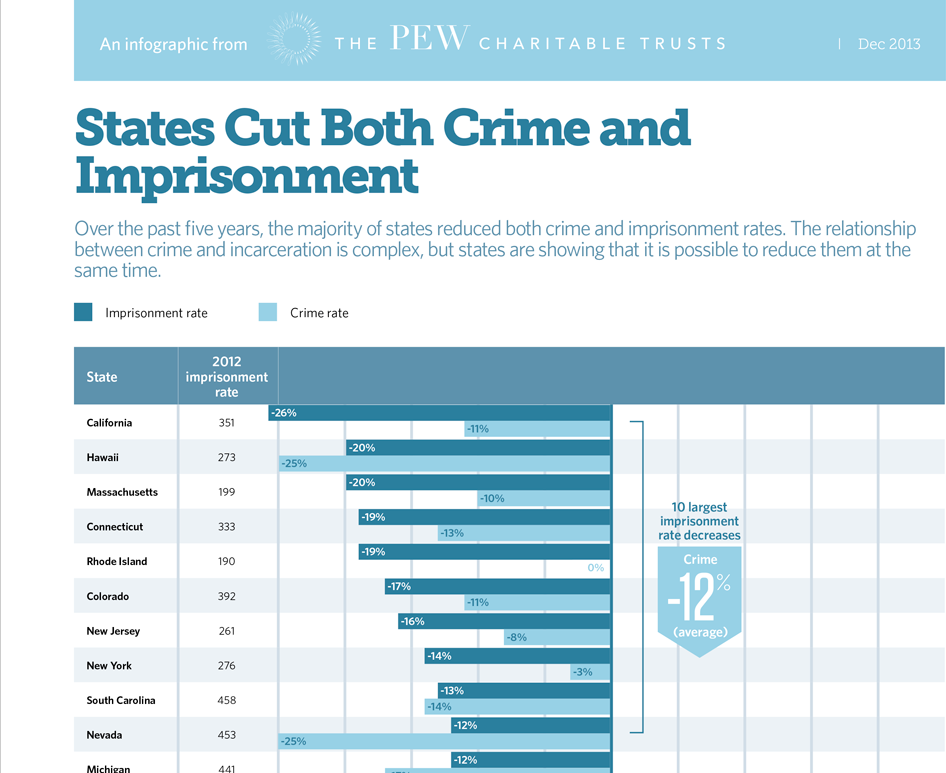June 23, 2014
From the article, “BUILDING TODAY’S COMMUNITY BASED DRUG COURTS”, this observation discusses the success of the drug court in terms of its ability to emulate “traditional community”.
………………………………………………………..
Primitive Communities rely on Community Control
Since the beginning, humans have lived together in “communities”. Primitive communities relied on ”Customary Law” (or what is sometimes called the ”living law”, as it was recognized and accepted by all those living in that community). The ‘norms of conduct”, “were enforced not by any leadership of the community but rather by the whole.” (H.Stuart Madden, The Cultural Evolution of Tort Law, 37Ariz St LJ 831, p835).
Those early communities provided the tools to support acceptable behavior, using affirmation, status, and other tangible and intangible rewards to encourage conformity to societal norms. And the community also relied heavily on what we would today call “alternative sanctions”, to correct an individual’s anti-social behaviors. This “traditional” sanctions” approach to misbehavior included admonitions, shaming, restitution (often the family’s responsibility), corporal punishment, shunning and finally banishment from the “community”.
To this day, Aboriginal communities use shunning and in extreme cases banning from the group, when persons refuse to follow community norms, resulting in destabilization in the community. [It’s interesting to note, that as in the drug court model, the Aboriginal community is more interested in the restoration of a peaceful community than the strict identification of the party at fault.] (Id, at p.836).
Finally, the group typically welcomed the reformed miscreant back into the community when the behavior was corrected. The “community” couldn’t afford to waste an individual’s contribution to the community. Keeping the individual stigmatized created an unhealthy separation from others and prevented a healing within the community. It made far more sense, to return the outcast to the bosom of the community as soon as possible.
…………………………………………………………………












